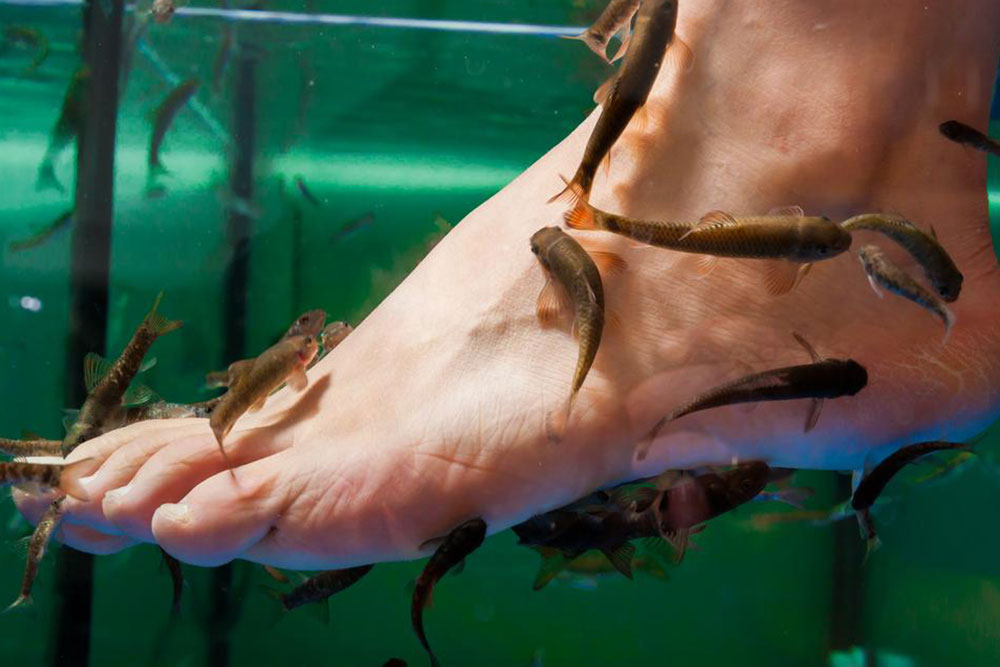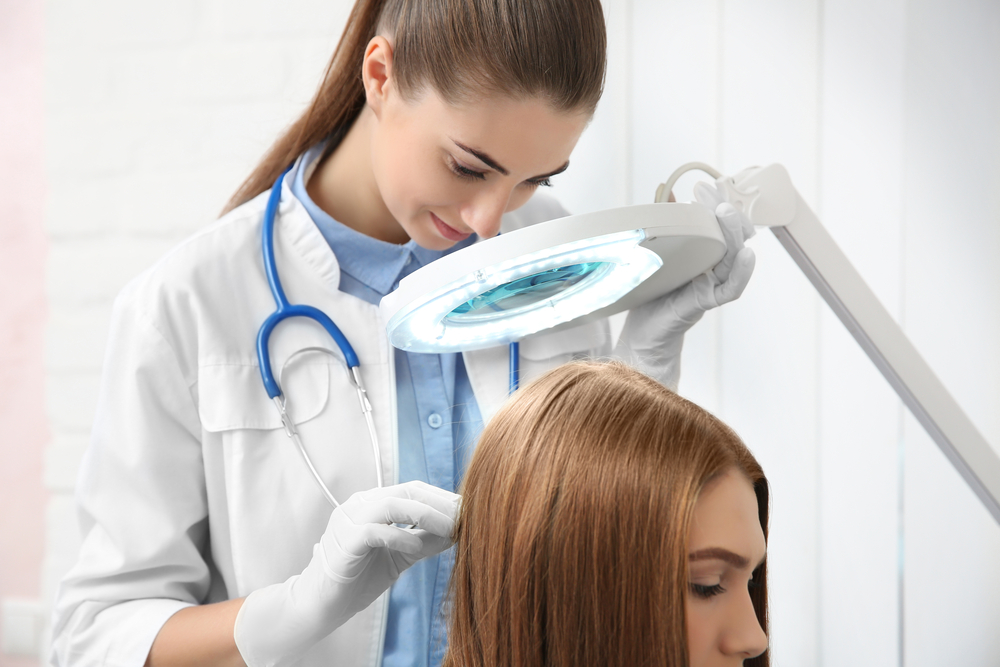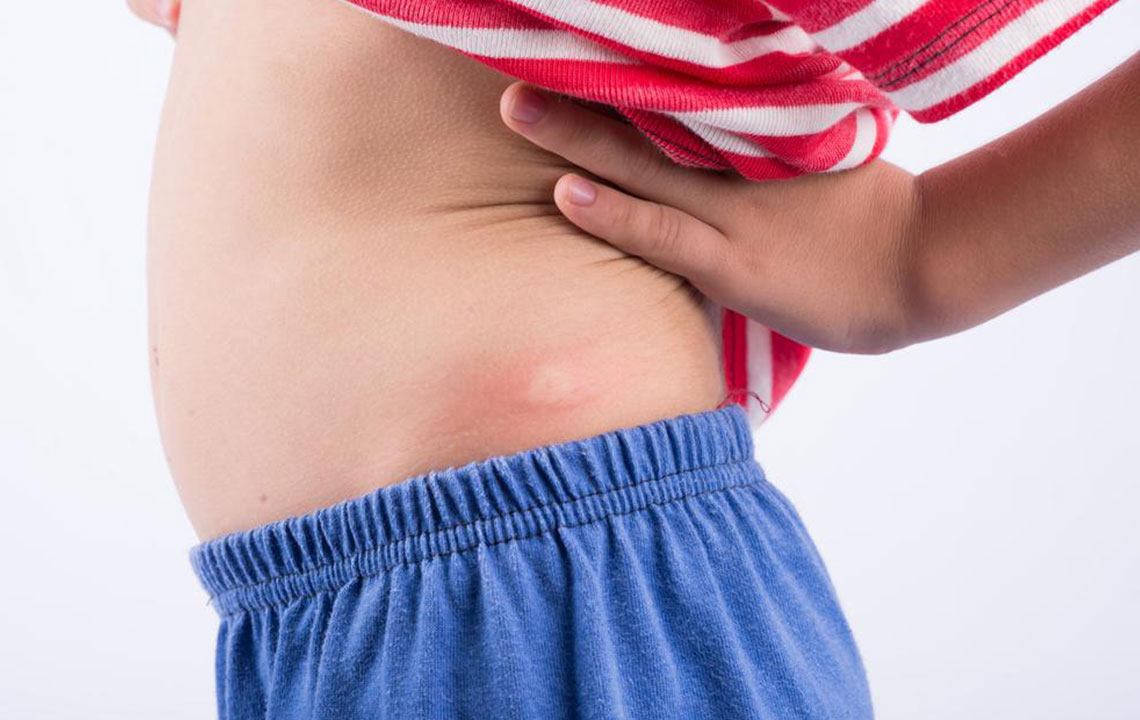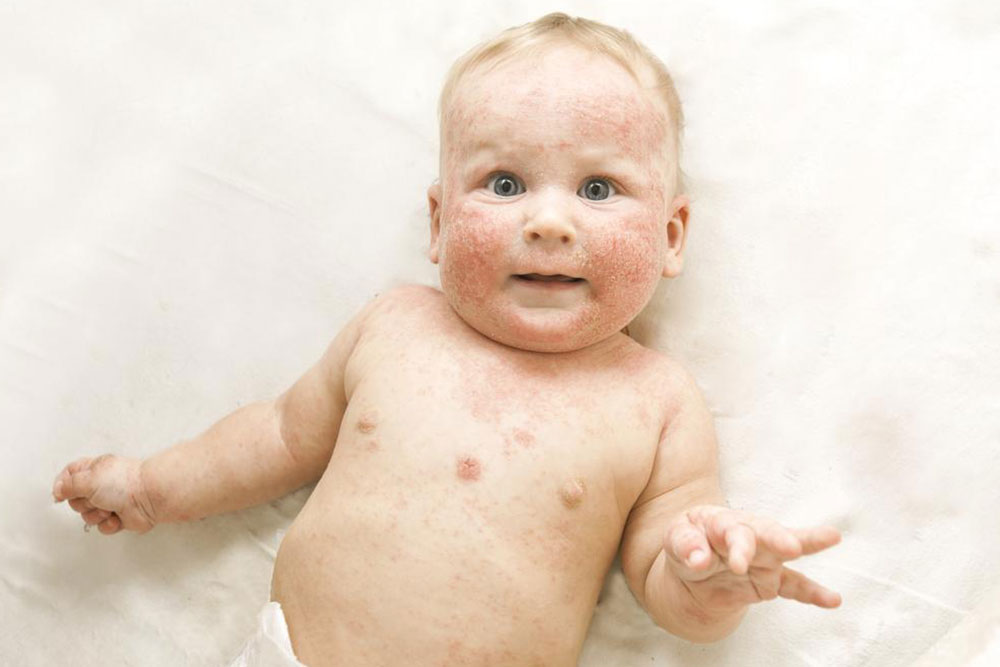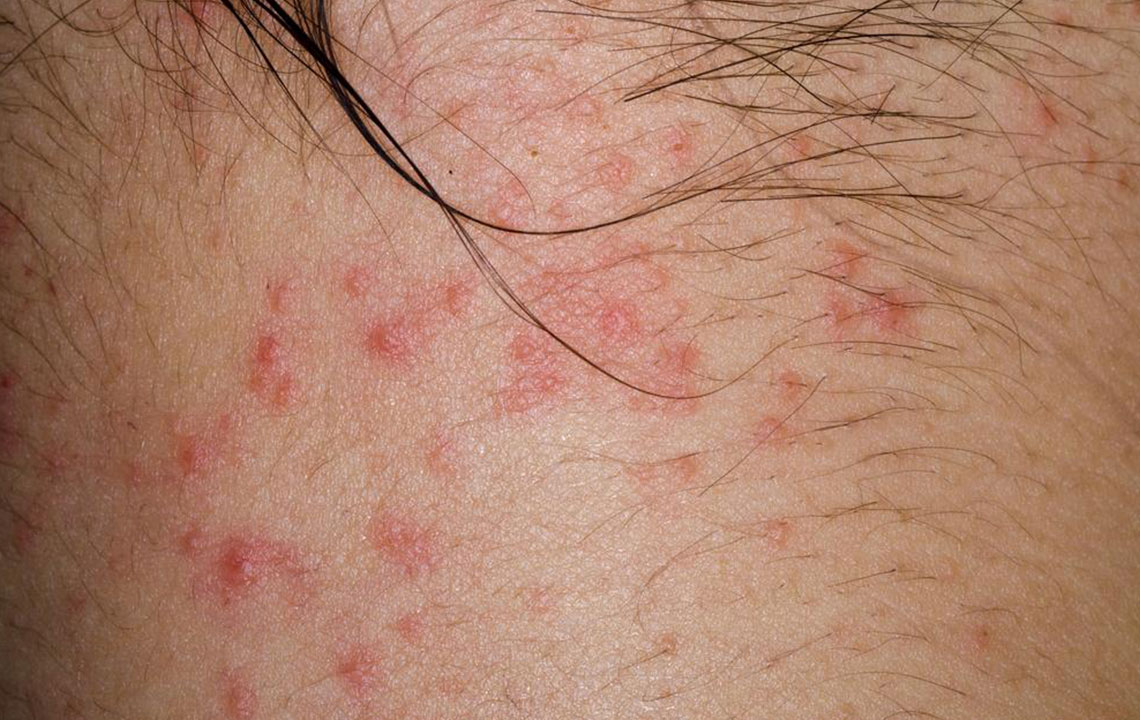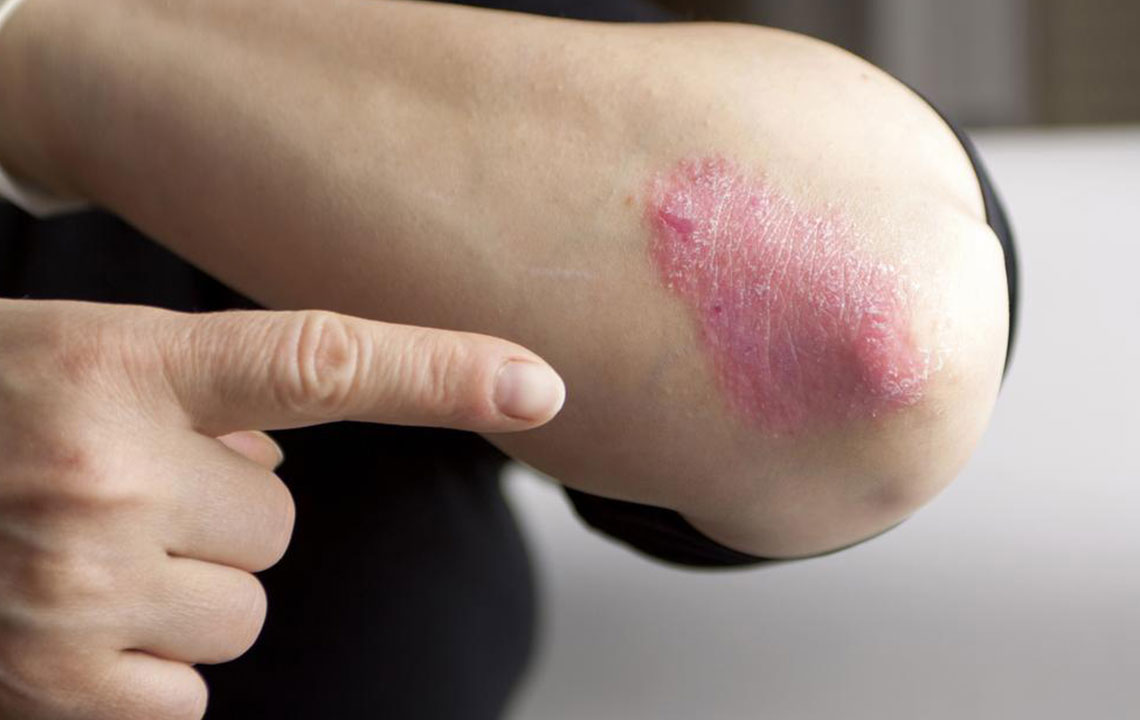Understanding Psoriasis: Types, Symptoms, and Insights
Discover essential insights into psoriasis, including its various types, symptoms, and impact. Learn about the prevalence of this chronic skin condition, its hereditary nature, and available treatment options. Understand the differences among plaque, inverse, erythrodermic, pustular, guttate, and nail psoriasis to better manage and recognize this autoimmune disorder. While currently incurable, effective symptom management and professional guidance can improve quality of life for those affected by psoriasis.
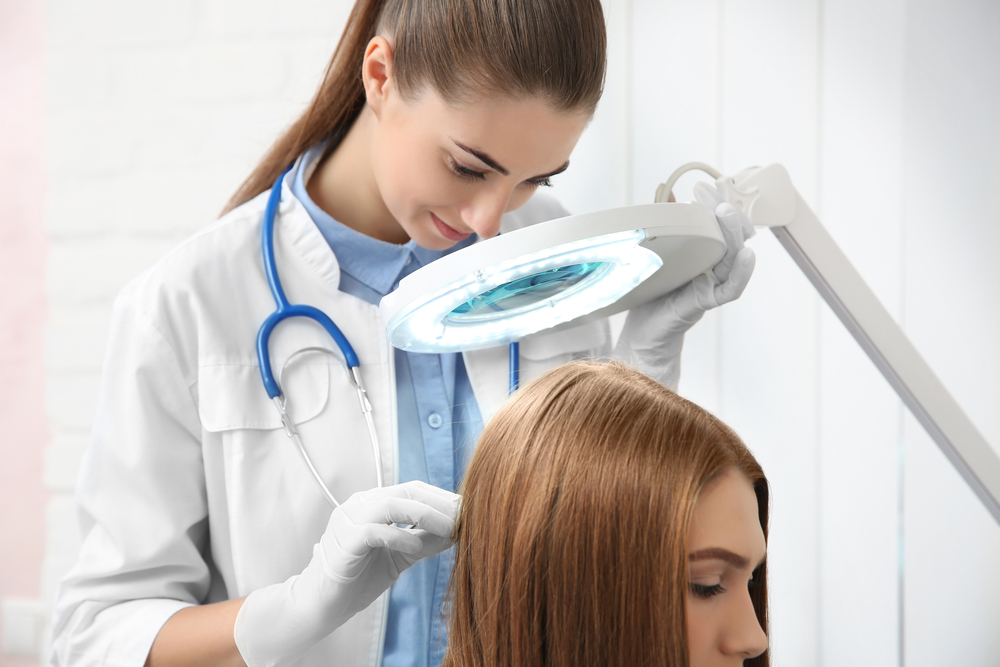
Psoriasis is a persistent autoimmune skin disorder characterized by red, flaky patches covered with silvery scales. It often appears on the scalp, elbows, and knees, but can also involve nails, trunk, and legs. Affecting over 130 million people worldwide, psoriasis strikes individuals of all ages, with similar prevalence among men and women. Approximately 7.5 million Americans suffer from plaque psoriasis, representing about 2% of the population. Though not contagious, it is hereditary and may run in families. Psoriasis involves underlying skin inflammation and can be linked to other conditions like cardiovascular disease and type 2 diabetes. It may also advance to psoriatic arthritis, affecting around 15% of patients. Currently, there is no cure, but various treatments help manage symptoms.
Psoriasis manifests in several forms based on causes, affected areas, and severity. The primary types include:
Plaque Psoriasis: The most prevalent form, marked by red patches with silvery scales that can be itchy or painful, occurring on any skin area, including mucous membranes and genitals.
Inverse Psoriasis: Appears in skin folds such as the groin, behind knees, or armpits. It tends to be shiny and smooth, often co-existing with other psoriasis types.
Erythrodermic Psoriasis: A rare but severe type, covering large parts of the body with red, peeling, itchy, and painful rash.
Pustular Psoriasis: Characterized by white pustules on red skin, affecting localized regions like hands and feet or widespread areas. Symptoms include fever, chills, muscle weakness, and loss of appetite.
Guttate Psoriasis: Triggered often by streptococcal infections, presenting as small dot-like lesions, affecting both children and adults.
Nail Psoriasis: Affects fingernails and toenails, causing discoloration, pitting, and abnormal nail growth, sometimes leading to nail detachment.
Note: The information provided aims to educate and inform but should not replace professional medical advice. Psoriasis is complex, and treatments are individual-specific. Consult healthcare professionals for personalized management plans.

